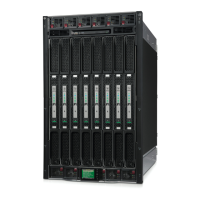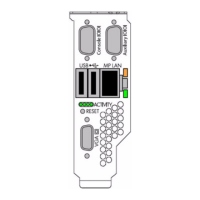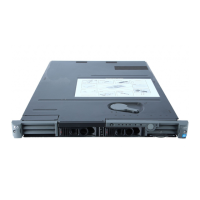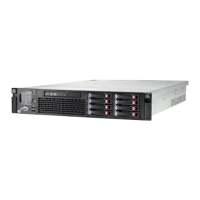Appendix G
JUST Exploration Tool
Data Files
287
• Cplx_Cfg_File—Allows the redirection of the complex configuration file created by JET. This field is a
string specifying the path and file name to use for this file. The default for this parameter is
/opt/scansw/data/complex.cfg.
NOTE If any of the parameters listed above are present in the Jet Configuration File, they override
the SCANSW_DIR environment variable and the default scan directory.
If this file is present it must end with the keyword End_Of_File.
Complex Initialization File
The cplx.ini file provides information on complex names, communications information, entity types, and
protocols needed to communicate with the complex. Each complex that the SMS is responsible for should have
an entry in this file.
The complex initialization, cplx.ini, file establishes a basis for communication between JET and the
complex(es) being interrogated. JET uses this file when the JET Broadcast Enabled Flag is set to FALSE. This
file contains a single line for each complex to be interrogated. JET looks for this file first by checking the
SCANSW_DIR environment variable (if set). If this variable is not set, then JET looks for the file in the default
/opt/scansw/data directory. The file location and name can be modified by setting the Cplx_INI_File
parameter in the jet.cfg file. This overrides all other locations.
File Format There are two types of entries in the cplx.ini. The type of entry is present for a complex
depends on whether the complex has multiple host entities or only a single host entity. Multi-host entries are
specified with the key MH while single host entities are specified with the key SH. Multi-host entities have an
additional parameter for the hostname associated with each host entry. Single-host entities use the complex
name as the hostname for the complex.
Each entry in this file begins with the keyword COMPLEX followed by the name and architecture code of the
complex. These fields are followed by the multi- or single-host selection key: either MH or SH. Following this
field comes the host entities type and reference number along with its supported SDP protocol version. The
last series of fields represent the communication protocol, IP address, and port number to use for
communications with this host. The type of each of these parameters follows:
complex name—string
architecture code—unsigned short
hostname—string
entity type—MP or NODE
entity reference num—integer
SDP version—string representation of a float
IP Address—IP address in dot notation
port number—unsigned short
Example G-7 Typical Usage
COMPLEX <complex name> <arch code> MH <hostname> <entity type> <entity ref num> <SDP
version> <protocol> <IP address> <port num>
or
COMPLEX <complex name> <arch code> SH <entity type> <entity ref num> <SDP version>
<protocol> <IP address> <port num>

